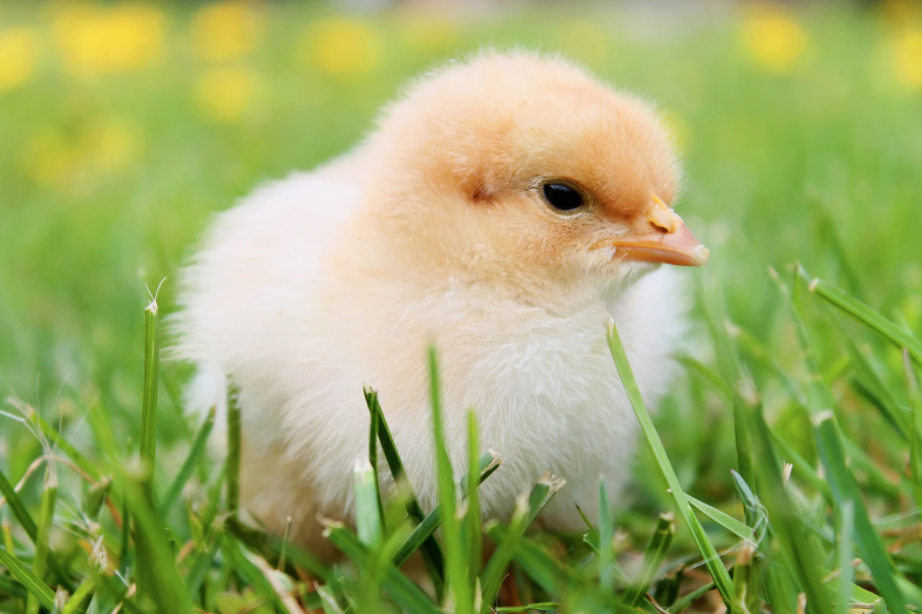Based on previous experiments, chicks were expected to show a preference for the familiar stimuli. The results showed that for both Naturalistic Spontaneous Discrimination and Artificial Spontaneous Discrimination, chicks approached the familiar stimuli first. This means that chicks have shown to recognize the familiar naturalistic stimuli at least as well as the artificial one.
During the first three minutes of the test (part 1) of the Experiment 2 (with the naturalistic stimuli) chicks approached for a higher amount of time the familiar stimuli over the unfamiliar. Chicks also spent less time in the middle with the naturalistic stimuli. One reason for this can be that chicks have considered naturalistic stimuli more interesting. Naturalistic stimuli seemed more prone to a strong affiliation response, so they were more likely to be checked by the chick over the artificial face-like stimuli.
Regarding the proto-arithmetic task, chicks had an overall performance of correct response, meaning they approached the larger set of stimuli, 49 % of the time, very close to chance level. Compared to the study from Rugani and her colleagues 2020 where chicks underwent the same experiment with the artificial stimuli, in their experiment and in ours, results have being very similar and for both chicks have performed randomly.
Results showed that the performance for the first five trials, last five trials and the 20 trials, there was no difference in chicks’ performance. Subsequently, the general performance for this task was not affected by any motivational factor or learning factors. Therefore, it was not that they could discriminate and then they lost the effect over time, it was probably that they truly could not discriminate individually each stimulus.

Conclusion
To conclude, the naturalistic stimuli have not seemed to facilitate chicks’ numerical performance by having a better object identification and individuation.
However, with the first two experiments, we can conclude that chicks have reacted better to the naturalistic stimuli than the artificial stimuli, and showed more interest in it. Chicks have been more prone to approach and respond to them.